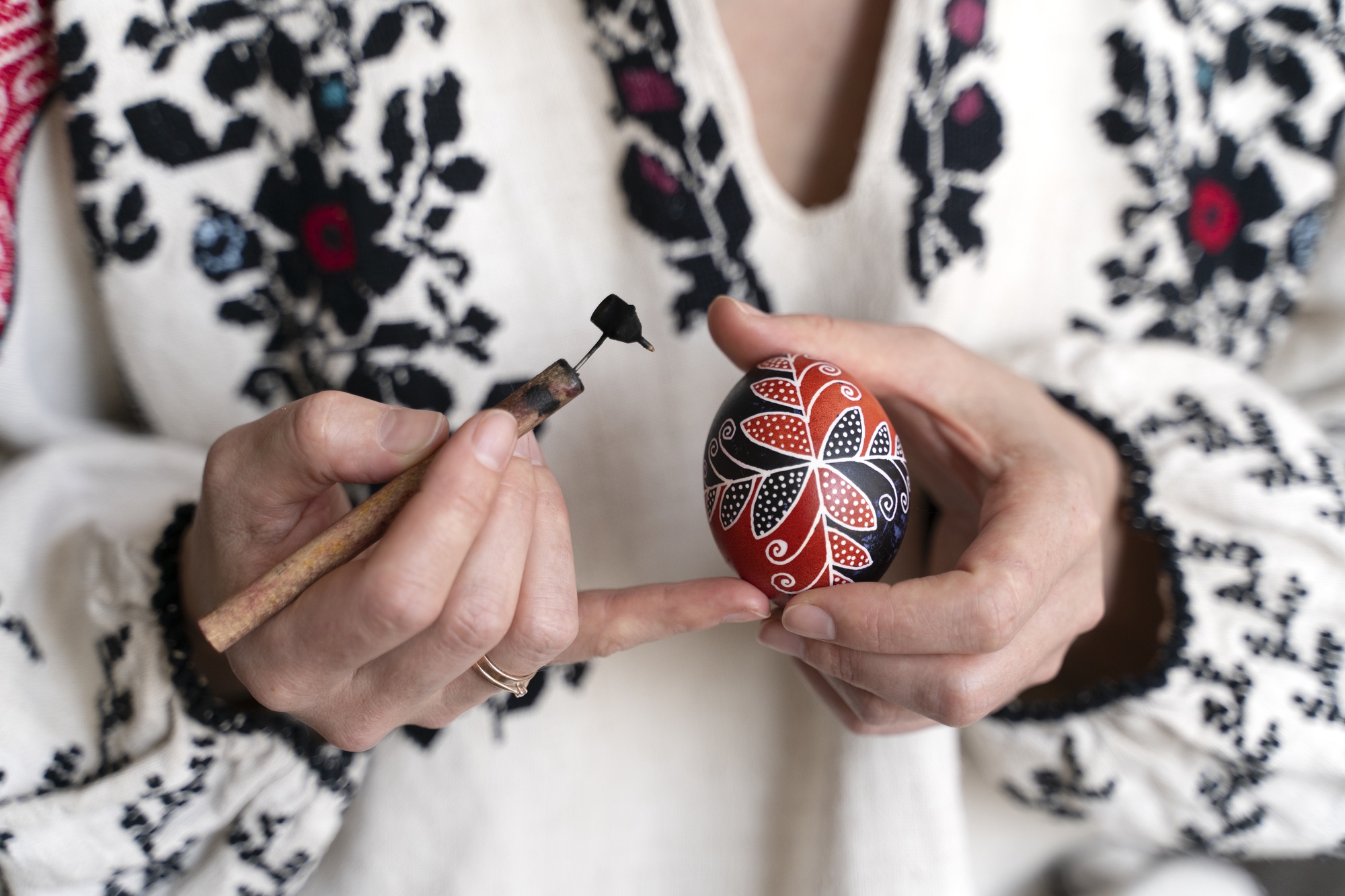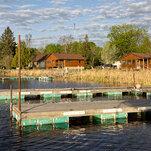The Art of Balancing Stones: How Artists Use Simple Materials to Make Impossible Sculptures in Nature
Not so long ago, a wave of long-form entreaties rolled through social media insisting that we stop building rock cairns. Like many who scrolled past them, I couldn’t quite imagine the offending structures they meant, let alone recall constructing one myself. The cairns in question turned out, mundanely, to be those little stacks of flat rocks seen in parks, alongside trails and streams. They’re as common in South Korea, where I live, as they seem to be in the United States. Both countries also share a great enthusiasm for Instagram, and it’s the apparent Instagrammability of these cairns that has increased their number (and consequent ecological and cultural harm) in recent years.
No matter how many likes they garner, these common cairns require little or no skill in the building. The same can hardly be said of rock balancing, an art that demands a great deal more discipline and patience than many an influencer can muster. The Wired video at the top of the post profiles one of the most famous living rock-balancers, a Canadian named Michael Grab.
“One of my core drives is to make the formation as impossible as possible,” he says, referring to the apparent defiance of gravity performed by all the rocks he finds and arranges into stacks, arcs, orbs, and other unlikely shapes. In fact, it is gravity alone that holds his artworks together — and repeatedly destroys them in the countless trials and errors before their completion.
Yes, Grab has an Instagram account: Gravity Glue, on which he showcases his precariously solid sculptures as well as their natural contexts. So does Jonna Jinton, a Swedish “artist, photographer and Youtuber” who also balances rocks. “It’s such a great way to also balance myself,” she says in the short video just above, “and to create something beautiful at the same time.” For her, the art has become a form of meditation: “As I try to find a tiny, tiny little balance point, my thoughts are completely silent, and that’s a very good feeling.” Jinton doesn’t say whether she personally ensures the destruction of her works, as Grab does. But doing so, as one should note before entering the rock-balancer lifestyle, may keep you on the better side of the ecological recommendations and indeed the law. But then the aforementioned anti-cairnism seemed to hit its zenith in early 2020, since which time, it’s fair to say, the world has had more pressing concerns.
Related Content:
Discover the Japanese Museum Dedicated to Collecting Rocks That Look Like Human Faces
Watch a Masterpiece Emerge from a Solid Block of Stone
A Modern Drummer Plays a Rock Gong, a Percussion Instrument from Prehistoric Times
Based in Seoul, Colin Marshall writes and broadcasts on cities, language, and culture. His projects include the Substack newsletter Books on Cities, the book The Stateless City: a Walk through 21st-Century Los Angeles and the video series The City in Cinema. Follow him on Twitter at @colinmarshall or on Facebook.
The Art of Balancing Stones: How Artists Use Simple Materials to Make Impossible Sculptures in Nature is a post from: Open Culture. Follow us on Facebook and Twitter, or get our Daily Email. And don’t miss our big collections of Free Online Courses, Free Online Movies, Free eBooks, Free Audio Books, Free Foreign Language Lessons, and MOOCs.
, Not so long ago, a wave of long-form entreaties rolled through social media insisting that we stop building rock cairns. Like many who scrolled past them, I couldn’t quite imagine the offending structures they meant, let alone recall constructing one myself. The cairns in question turned out, mundanely, to be those little stacks of flat
The Art of Balancing Stones: How Artists Use Simple Materials to Make Impossible Sculptures in Nature is a post from: Open Culture. Follow us on Facebook and Twitter, or get our Daily Email. And don’t miss our big collections of Free Online Courses, Free Online Movies, Free eBooks, Free Audio Books, Free Foreign Language Lessons, and MOOCs.














